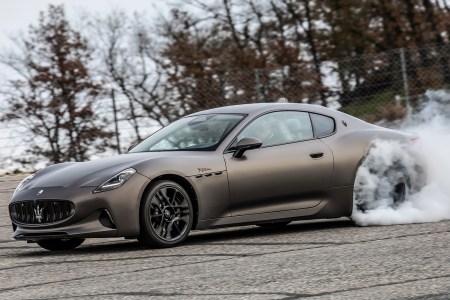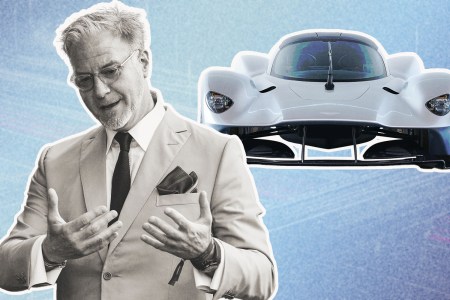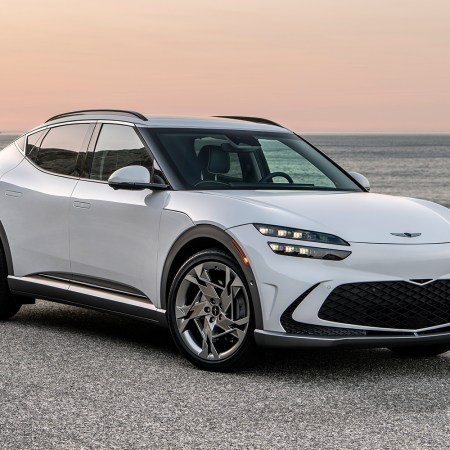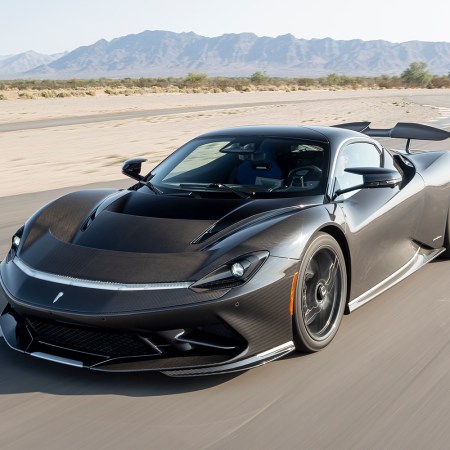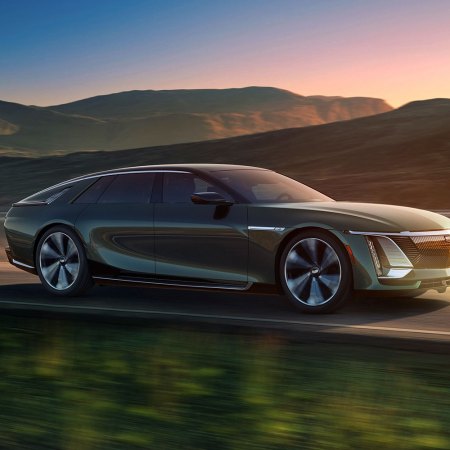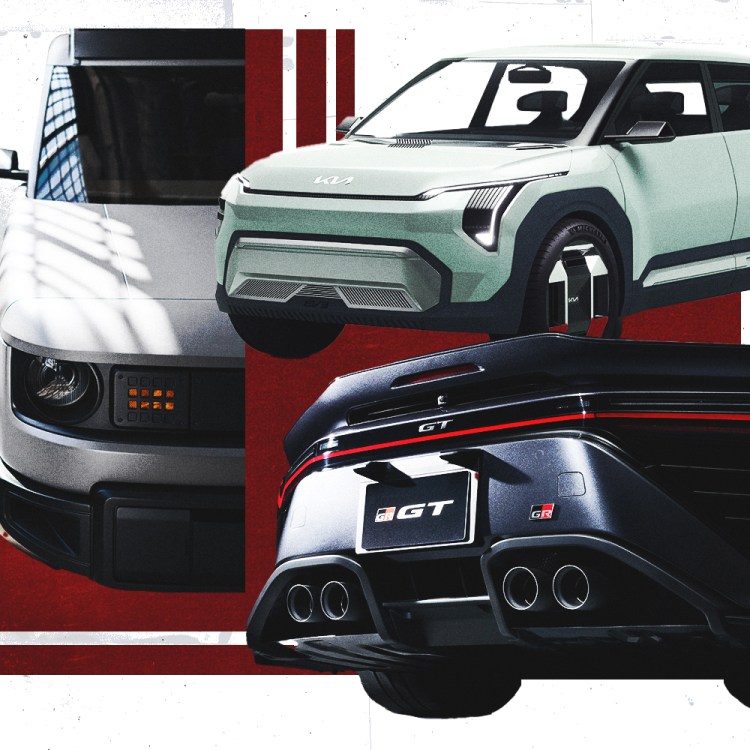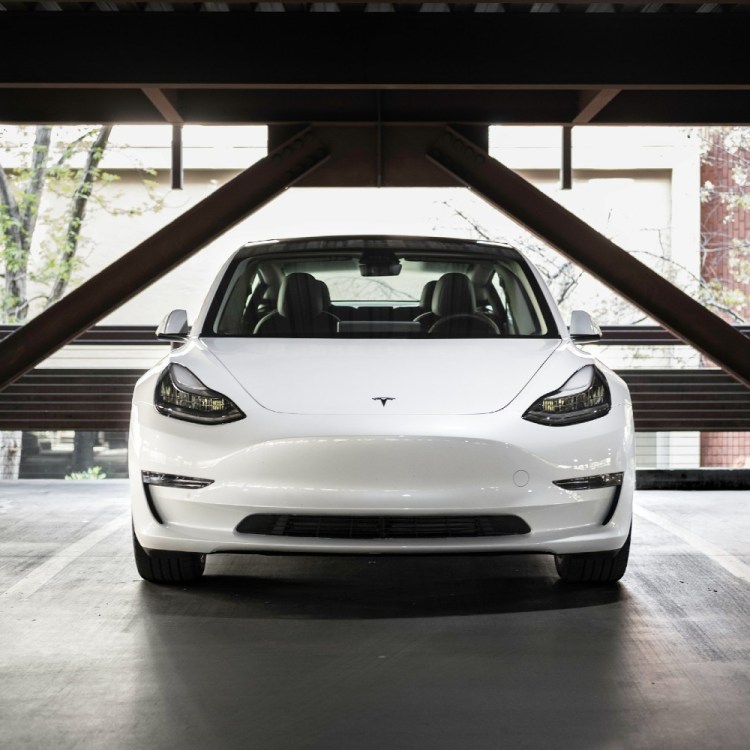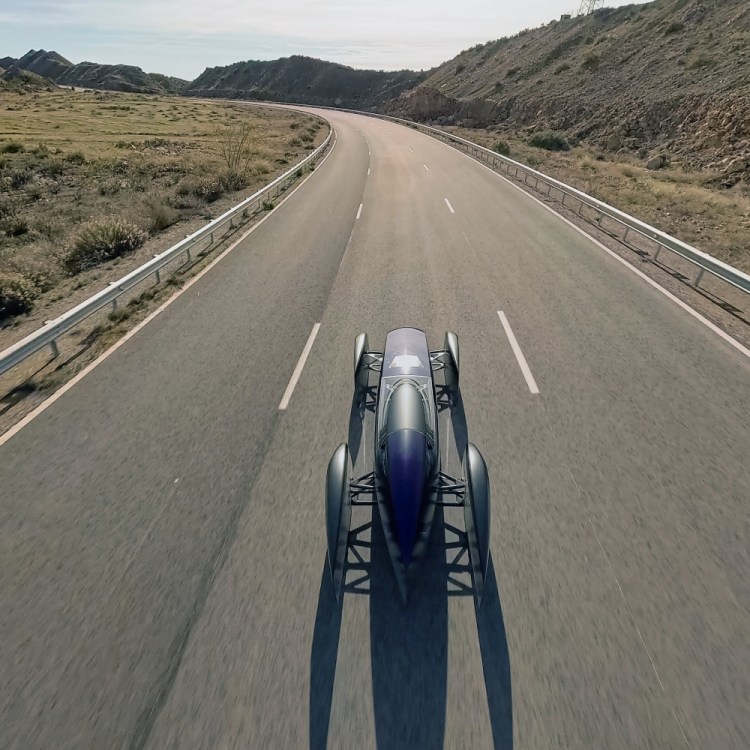Over a fireside nightcap last year, a luxury automotive brand exec, who shall remain anonymous, confessed to me that one of the things keeping him up at night is how companies like his will be able to differentiate themselves in the electric age.
These days, any startup can offer a generic battery pack and electric motor combo that throws down 400-plus horsepower with instant torque, we mused. They no longer have to research, develop and tune a V8 or create a transmission capable of aptly deploying the power in order to win over customers in that segment. Will heritage count for anything?
Of course, the transition to electric power isn’t only affecting high-end manufacturers. Automakers that crank out more affordable, utilitarian vehicles are also rethinking how they approach customers in this new space.
Battery power has shifted the paradigm and companies can no longer lean on the attributes of their engine power or gas mileage. So with demand for EVs on the rise, how will these brands that built their names in the internal combustion age distinguish themselves in the market?
“It’s a good question because that’s not so easy,” says Achim Anscheidt, Bugatti’s design director. But it’s a question they have to answer if they are going to convince customers to stick with their brands. To get a better handle on our electrified future, I put the query to half a dozen automotive designers and executives. Here’s what they said.
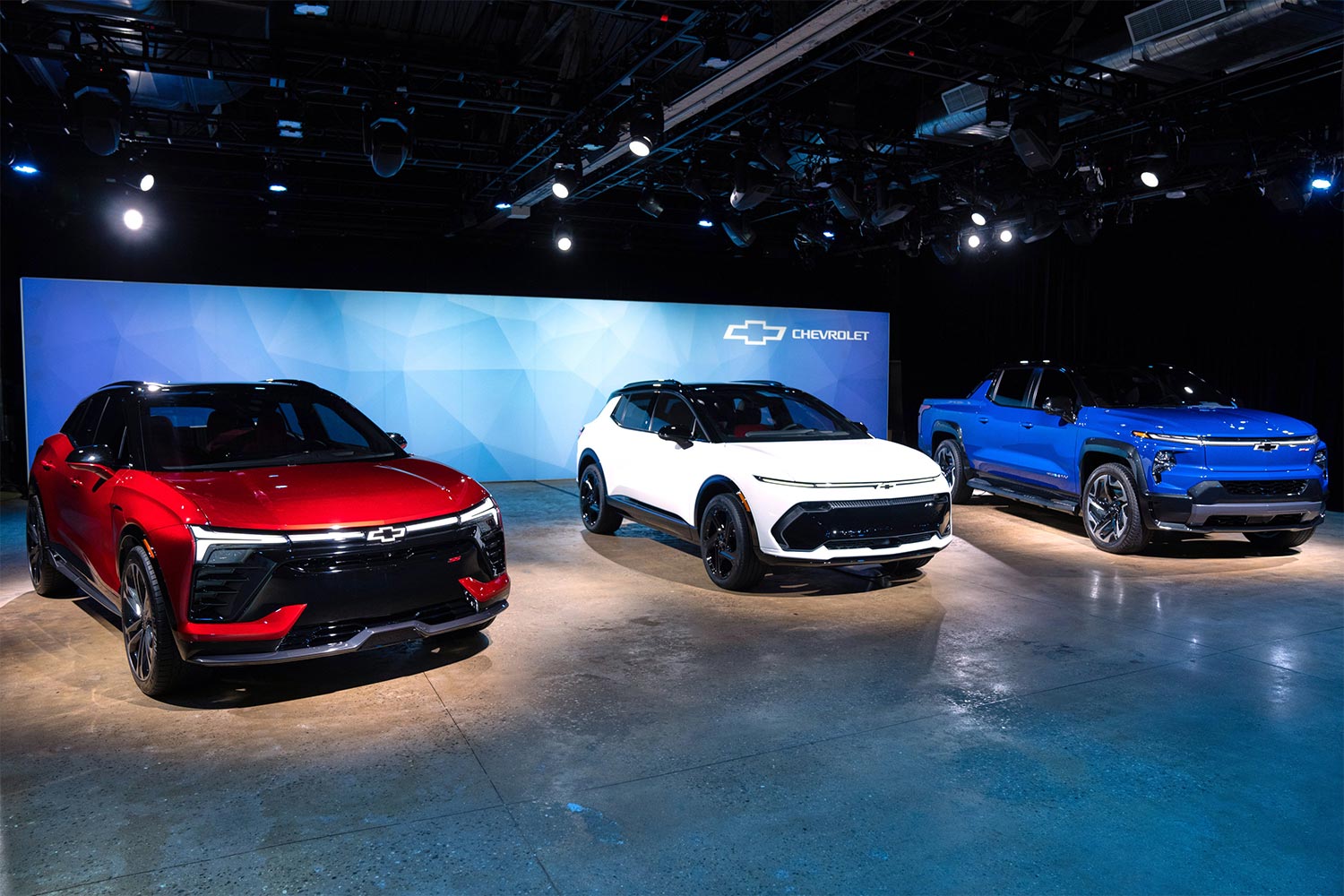
More for the Masses
For big, mass-market brands, getting prices down and range up will be crucial. In this segment, every dollar and kilowatt matter. General Motors hopes to democratize battery tech to bring electric vehicles within reach of the average consumer and establish a wider audience.
“We understand that customers want the most innovative, affordable vehicles in the world,” says Mike Pevovar, GM’s design director for affordable EVs. “Electrification is a big part of how we’re pushing towards that customer goal, with our GM dedicated EV platform [known as Ultium] giving us the flexibility to build all types of vehicles. Starting with the Chevrolet Equinox EV, which will start around $30,000, GM is shattering the perception that stylish, practical, long-range EVs are luxury items.”
Cranking out utilitarian vehicles at scale is not just in their wheelhouse — they own the factory, so to speak. The lower they can move prices, the easier it will be for customers to make the switch to electric. So their affordable EV studio team is focused on developing designs and production methods that could bring down costs, not just promising lower bills to charge than to pump gas. “We are designing to be affordable from the start,” Pevovar says.
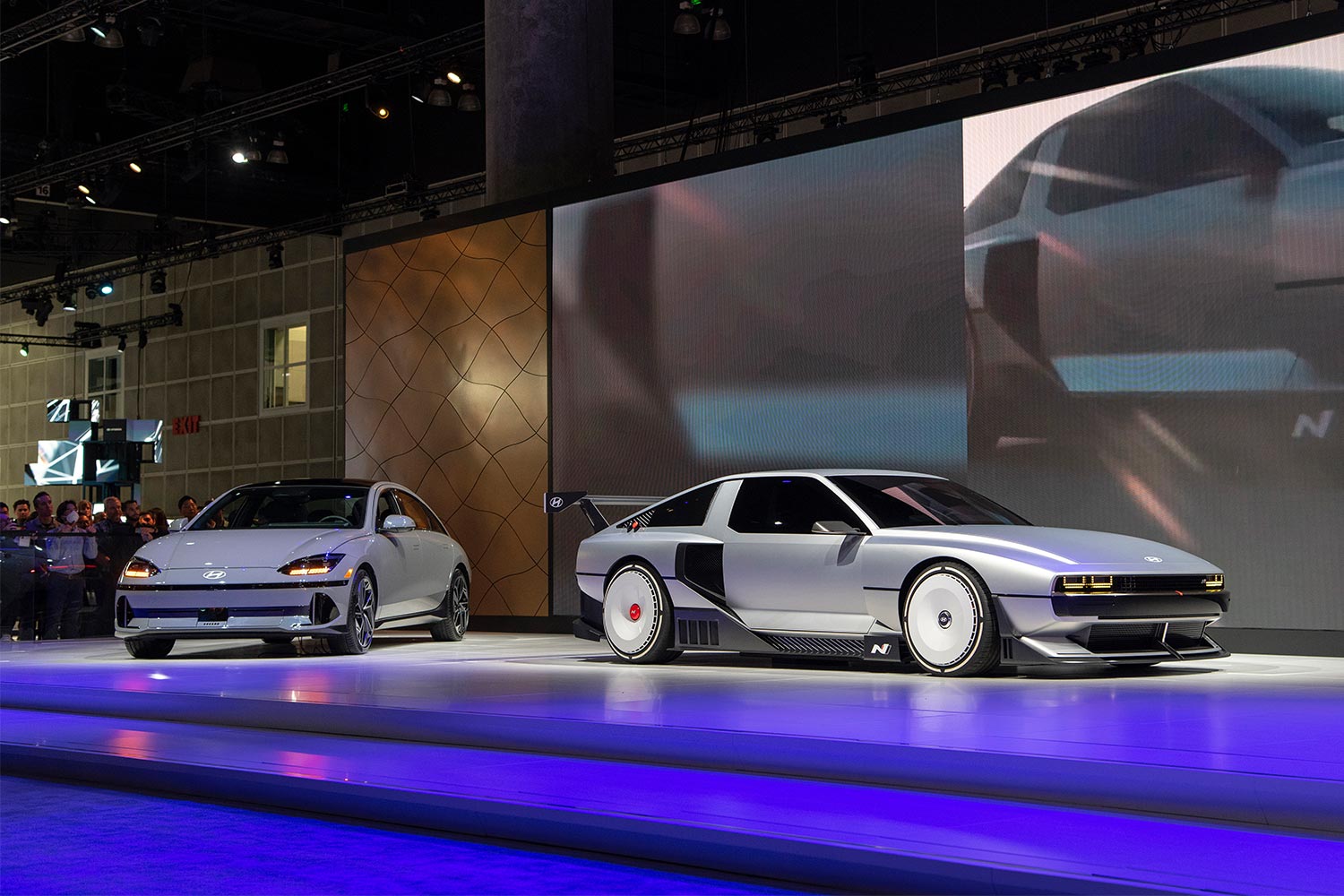
Another brand known for affordable reliability, Hyundai has already staked out a large claim on our electric future. The brand has a pair of top-notch EVs on the road right now, including the Kona Electric which starts at a modest $33,550, and the Ioniq 5 at $41,450. With more vehicles on the way, last year they announced plans to invest $5.5 billion in a new battery production facility near Savannah, Georgia, which will employ 8,100 workers and potentially unlock greater tax credits for consumers.
Review: Can an Electric Maserati Outwit the Classic GranTurismo?
The ultimate test for the 2024 Folgore was pitting it against the new Modena and Trofeo on Italian roads“Electric-powered vehicles are rapidly moving from the early adopter consumer stage to the more mainstream consumer adoption stage,” says Randy Parker, CEO of Hyundai Motor America. “We anticipated this trend in the very early stages at Hyundai and began to offer an increasing number of compelling electric vehicles to meet varied consumer needs, such as our popular Ioniq 5, Kona Electric and soon-to-market Ioniq 6.”
According to Parker, the Korean maker is laser-focused on keeping the attention of customers in the future as the market gets more crowded by increasing range, creating engaging drive characteristics, continuing to offer distinctive designs and speeding up rapid-charging capability.
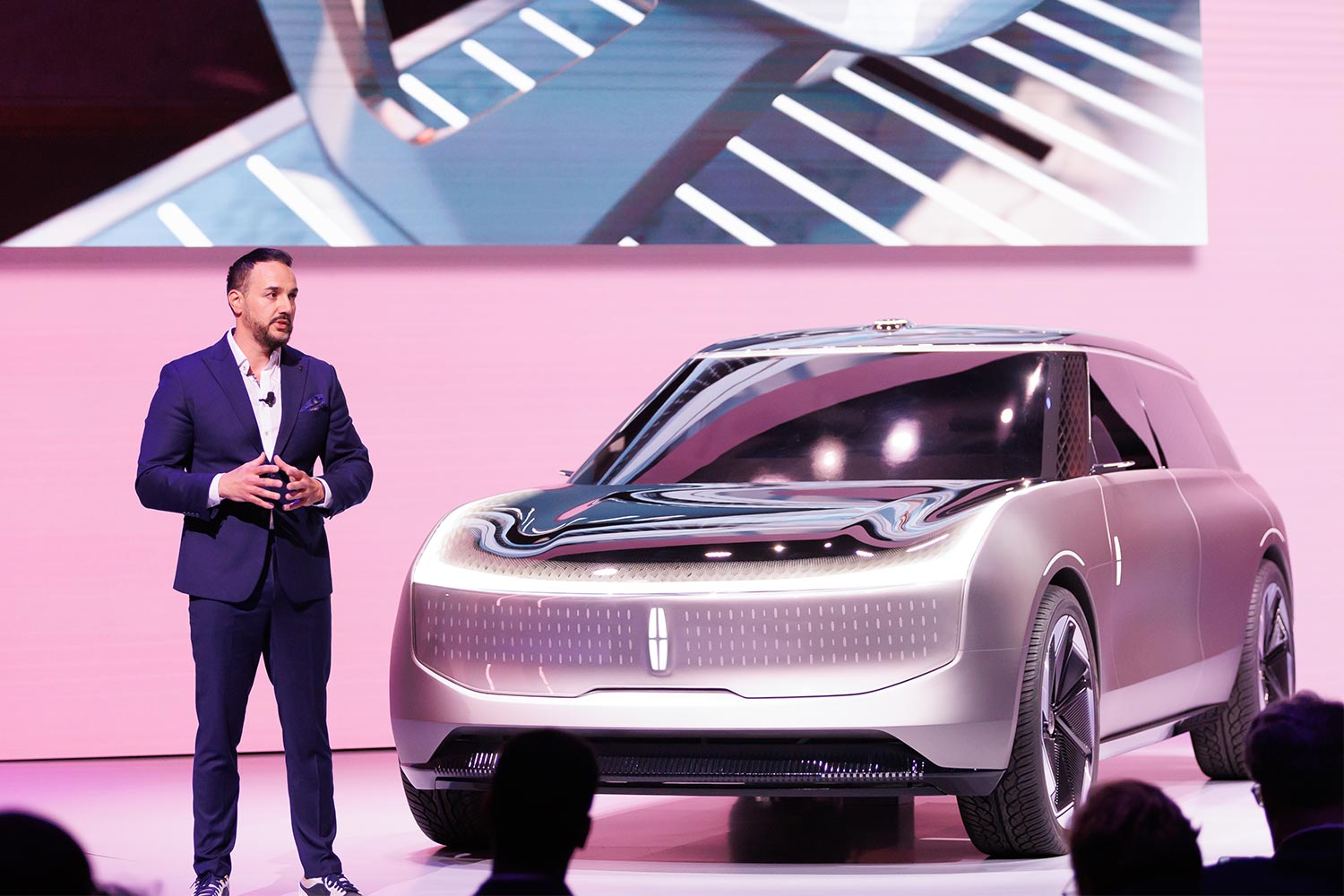
Refining the Luxury Segment
Upscale brands plan on leaning into design as a differentiator along with elevating amenities. Last spring, Ford’s luxury brand, Lincoln, offered an early look at their design vision for their future line of EVs with their Star Concept, an exercise in elegant minimalism. We will have to wait and see what the brand actually launches when its first fully-electric production model hits dealers in 2025. But as an indicator of things to come, the Star is undeniably ambitious.
According to Kemal Curic, Lincoln’s global design director, the lack of a traditional gas engine and transmission has given his team a nearly blank canvas to rethink their vehicles’ interiors. “Given the absence of an ICE powertrain, our engineers and designers have more flexibility and freedom with the architecture of an electrified vehicle and are able to give clients the luxury of space,” he says. “The entire interior of our cabins will provide an environment you will want to escape to, not from.”
The Lincoln design team’s vision for mobility in the future is to create a “fully immersive” experience where light, sound, scent and touch all work together to make travel less taxing and perhaps even restorative. They also want drivers and passengers to have the ability to customize that experience. “From ‘me’ spaces to ‘we’ spaces, a transformable environment will be tailored to personal and social needs of all passengers,” Curic says.
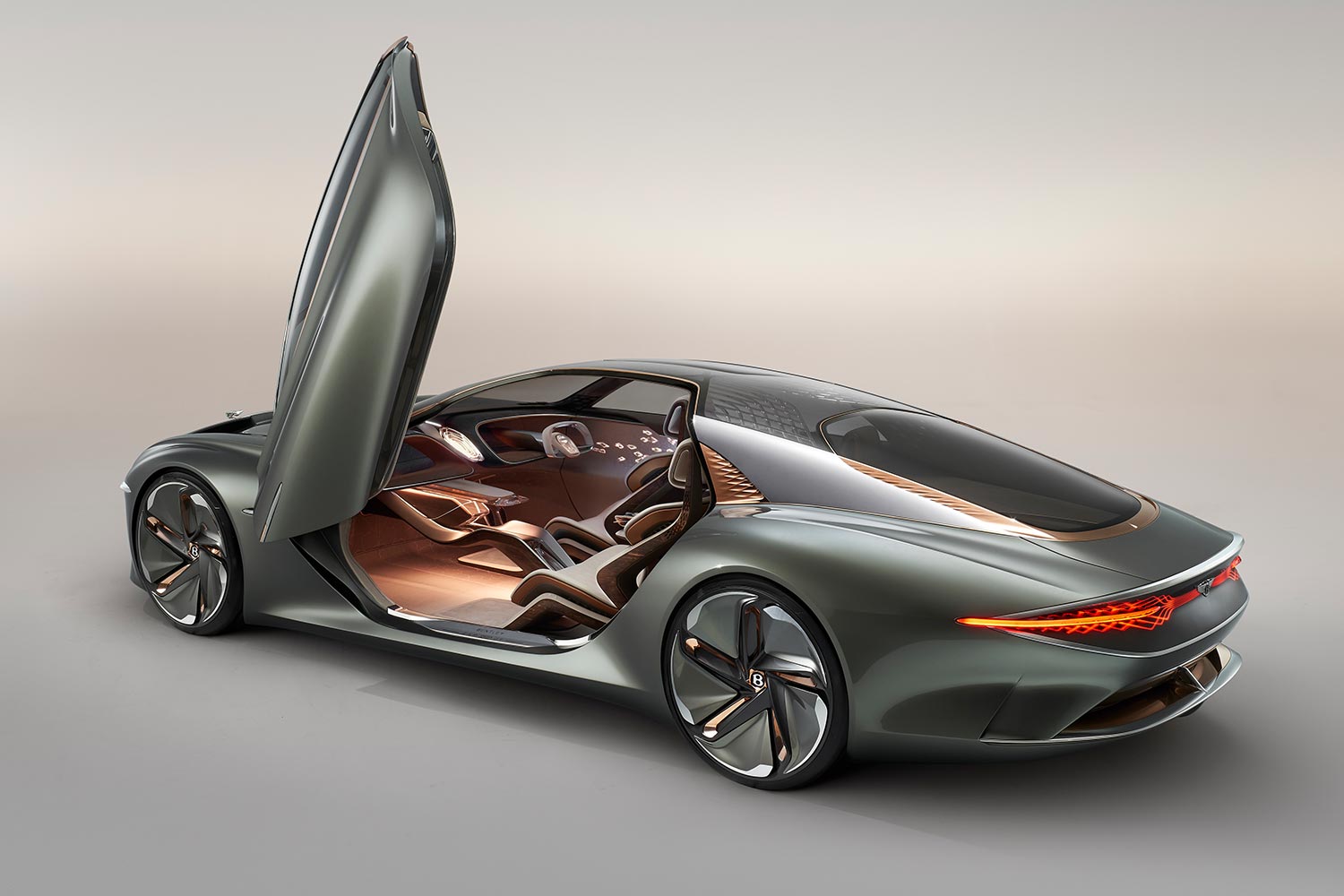
Whether it’s an EV or an ICE-powered vehicle, “a Bentley will always be a Bentley in terms of craftsmanship, attention to detail and luxury,” says Christophe Georges, president and CEO of Bentley Americas. The venerable English carmaker has been offering high-performance automobiles since its inception and knows its audience: extraordinarily well-heeled consumers with a taste for grandeur.
Bentley, which already deploys plug-in hybrid power in both the Bentayga and Flying Spur models, is slated to release its first fully-electric vehicle in 2025 and transition the rest of its lineup to battery power by 2030. “Battery-electric technology offers many attributes that are already familiar with a Bentley: high power with large amounts of torque that is readily available,” says Georges.
It’s certainly true the brand’s rather rarefied clientele is quite accustomed to power. But they also demand exquisite environments within the confines of an automobile, and opulence is part and parcel of a Bentley. The brand certainly plans to continue leveraging their unique skill set and that of their craftspeople to create and curate some of the finest interiors gobs of money can buy.
Aston Martin’s Marek Reichman Isn’t Worried About EVs, SUVs or James Bond
What he is distressed by? The carmaker’s whisky bottle getting more likes than the Valkyrie hypercar.Another English brand, Jaguar Land Rover is also doubling down on its longstanding design principles. “At Jaguar Land Rover, we strive to challenge ourselves and further accelerate our portfolio through modern, reductive designs,” says Rob Filipovic, director of product planning for Jaguar Land Rover North America. “For Jaguar, our primary goal is to deliver an exceptional combination of design, luxury and performance that our owners cherish. On Land Rover, our North Star is bringing to market modern designs that marry seamlessly with our legendary capability.”
According to Filipovic that won’t change in the electric era. “Refinement, durability and versatility have also been fundamental pillars for the Range Rover, Defender and Discovery brands, helping our clients through all of life’s adventures.”
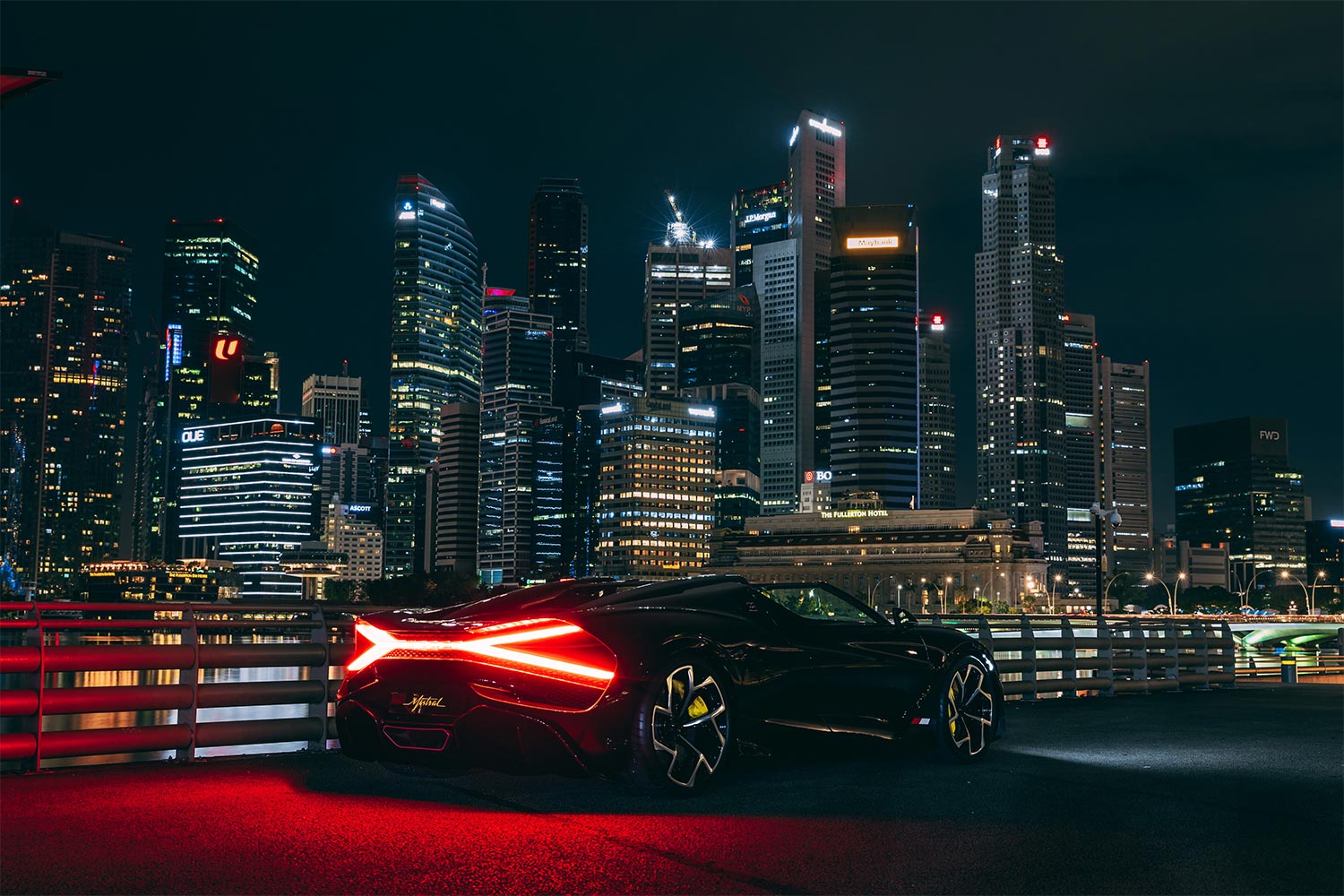
Hyperspace: The Final Frontier
If there’s a dull center to the automotive universe, Bugatti lives on the planet that is farthest from. The hypercar maker offers astronomically priced, limited-edition insanity. Their latest speed demon, the W16 Mistral, was priced at a staggering $5 million and still sold out of all 99 units before launch. In other words, they are not quite ready to quit raging against the internal combustion engine’s dying light. But hybridization just might be in the brand’s medium-term future.
What does an electrified Bugatti look like? “It would be an even harder [question to answer] if we would think the next thing is going to be fully electric,” says Anscheidt, the marque’s design director. “If we are thinking about a hybrid, then that will mean we will still have the mechanical jewel that our customers today appreciate so much in combination with something fascinating and electric. What that is, obviously I cannot disclose yet, but it will certainly be incomparable, which is our main brand claim. If there is something comparable it is no longer a Bugatti. So whatever we do, not just in powertrain, but in a lot of detailed solutions, it should be incomparable to other brands.”
When they do decide to make a fully electric vehicle, Bugatti won’t be faking anything. “Everything that you see and touch on a Bugatti is real. If it looks like metal and feels like metal, it is metal, not a coded plastic part with a foil over it,” Anscheidt says. “It’s something we call ‘What you see is what you get.’ It is the real deal.”
Future Perfect
The transition to electric has so far turned out to be a harrowing endeavor, full of pitfalls and recalls, but legacy automakers are putting on a brave face. Some, like Hyundai and Lincoln, are pushing the boundaries of normal automotive aesthetics and functionality. Others, like Bentley and Jaguar Land Rover, see an opportunity to further perfect a product they’ve been refining to great acclaim over decades.
These strategies may change as our electric future unfolds. So too might the question. The crystal ball is hazy, but if customers’ tastes and choices shift as they move away from internal combustion power toward battery cells, so too will the response from manufacturers. Time will tell, but in the end consumer demand will be what drives this conversation forward — and it’s going to be a long road.
This article appeared in an InsideHook newsletter. Sign up for free to get more on travel, wellness, style, drinking, and culture.

